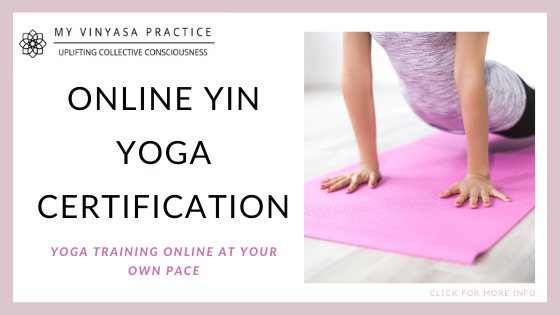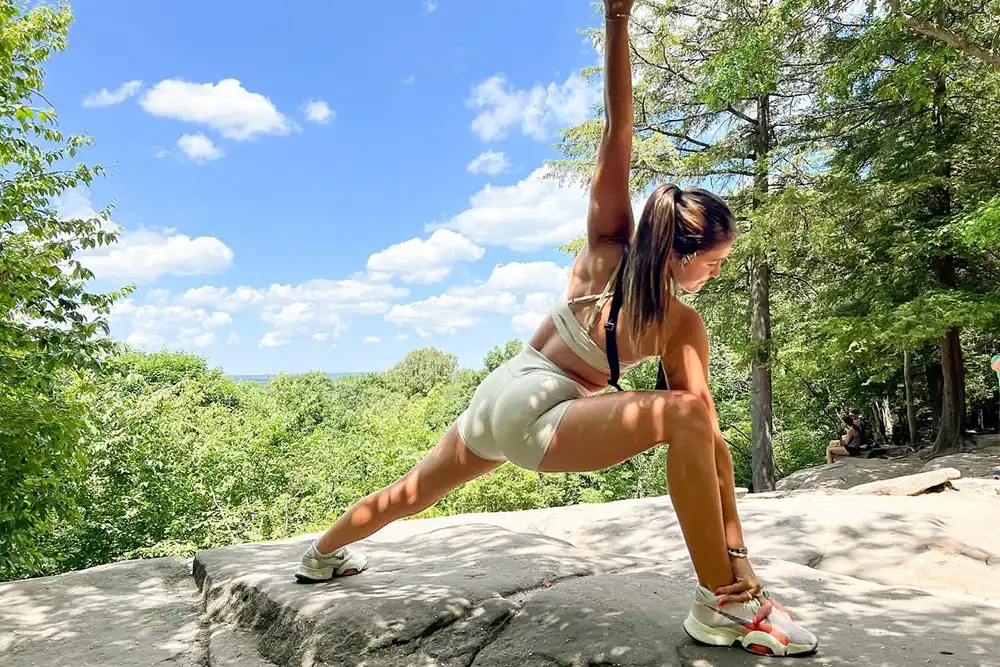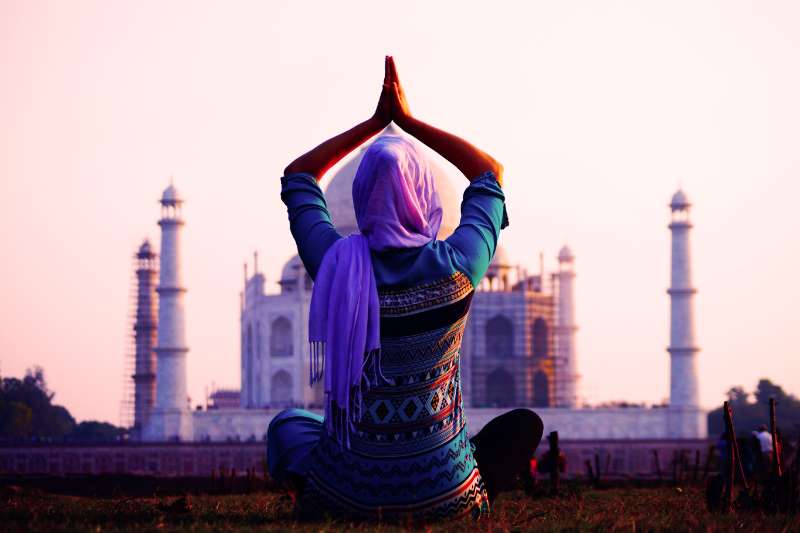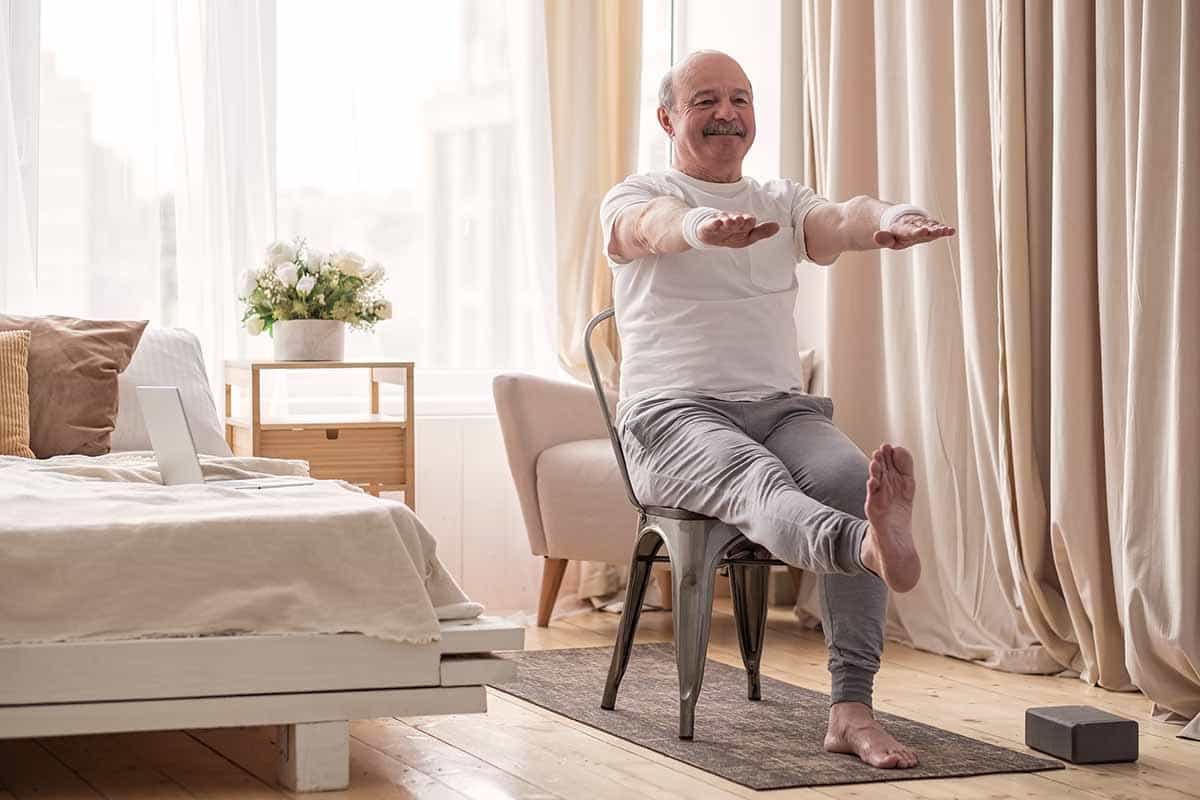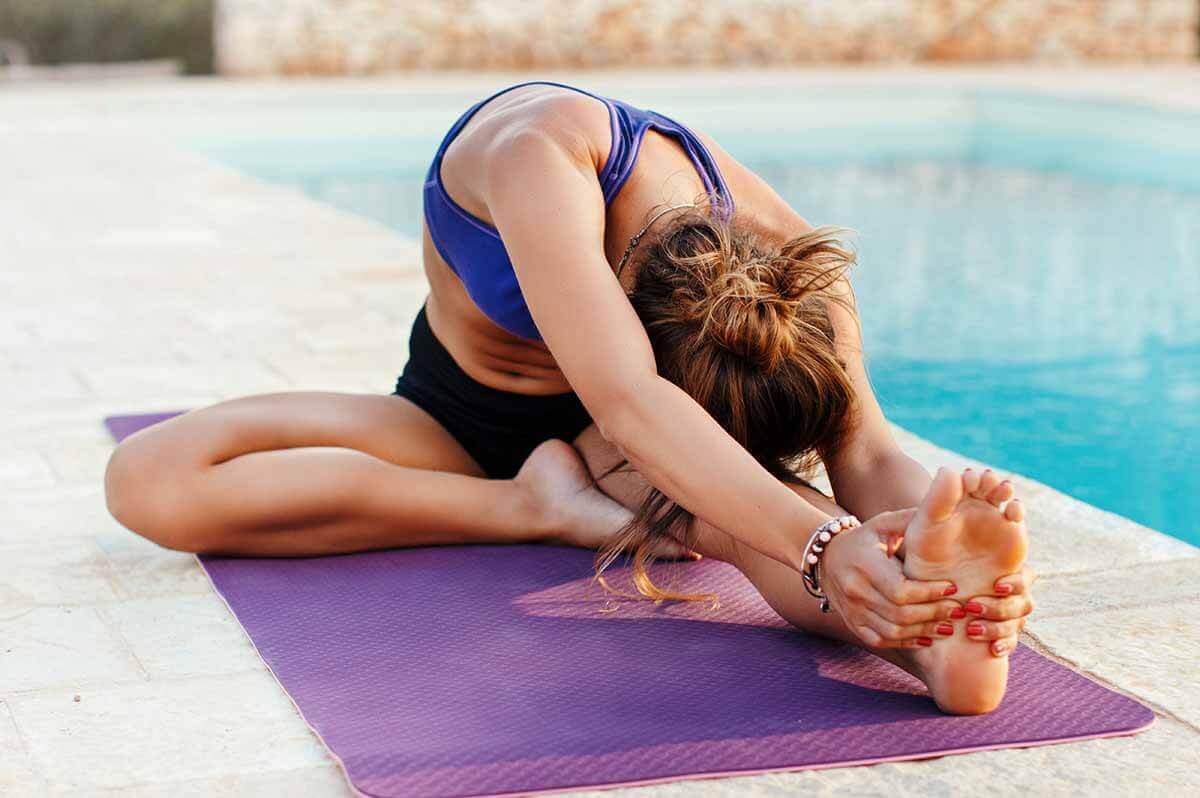
in Yoga is unique among yoga practices in that it stretches your body’s joints and connective tissue instead of muscles. Rather than the active flow of Vinyasa Yoga, Yin Yoga focuses on stillness and a holding of Asanas (or poses). These poses are strung together into “sequences,” which serve as the outline of a yoga session.
Here are the three examples of 3 different levels of Yin Yoga sequences:
Below we have provided a sample of each yoga sequence mentioned above with the experience plateau within the practice of Yin Yoga.
The idea of holding a pose sounds simple. But before you think of Yin Yoga as “easy mode,” consider this: while beginners can hold a pose for a minute or two, more experienced yogis can hold for five, and experts can manage six minutes and beyond! Read on to learn more about Yin Yoga sequence examples at each practice level.
Article Topics
What is a Yoga Sequence?
Yoga in Western Culture is focused on exercise, with yoga poses, or asanas, central to the practice. Yoga poses are the ways we’ve seen people posing in photos: standing on one leg or with their behind in the air. If a pose is a specific stance, a sequence is a string of poses together.
Yoga poses are put together into sequences to:
- Create full exercise routines
- Work on specific parts of the body
- Open different chakras or
- Treat parts of the mind, body, and spirit
Think of a yoga sequence as a workout plan. You can find sequences for easing anxiety and reducing stress as easily as finding gym routines for “leg day.” Sequences are also used to keep one’s focus in the moment during yoga and meditation.
What Should I Consider When Creating a Yoga Sequence?
Yoga sequences can target various interest areas, physical ailments, areas of mindfulness, and even enrichment of the spirit. As such, there are many considerations to take into account when creating a yoga sequence, including:
- Experience level
- Physical ability
- Personal goals
A yogi’s experience level is a primary consideration when creating a yoga sequence. Experience level dictates the complexity and difficulty of the poses used. Subsequently, the availability of additional or fewer poses based on experience level indicates the array of poses available to choose from when creating the sequence.
Physical ability comes into play due to the exercise aspect of yoga. One’s physical strengths or limitations matter, especially because yoga involves stretching, elongating, reaching, balancing, and holding. Limitations do not preclude one from participating, but they are a necessary consideration to ensure each pose is realistic for the yogi.
One’s personal goals are also of great importance when deciding how to structure a yoga sequence. As in any form of planning, decisions should be made with the goal in mind. For example, a yogi might choose very different poses for a flexibility sequence than for one focused on heart health.
These are the base considerations to create a yoga sequence. As yogis gain experience and determine their strengths and preferences, these considerations often change. After all, growth is part of the experience.
And if you want a more challenging sequence you might want to check out power yoga sequence in that article!
3 Examples of a Yin Yoga Sequence
As explored above, there are various considerations when creating a yoga sequence. Yin Yoga involves many of its own poses paired with many from other forms of the practice, both as transitions and as resting poses between others.
The following are three examples of Yin Yoga sequences by experience level. Hold each for as long as your skill level allows:
Beginner: Child’s Pose → Downward Facing Dog → Dangling
Intermediate: Swan → Baby Dragon → Lizard
Advanced: Twisted Dragon → Overstepping Dragon → Dragon Splits
1. Beginner Yin Yoga Sequence
Child’s Pose → Downward Facing Dog → Dangling
Start with the Child’s Pose, as outlined above. On your knees and seated on your legs and feet, lean forward and put your forehead on the mat. In this opening/resting position, take the time to zero in on your breathing. Use this focus on breathing to clear your mind of all else. This “centering” is key to yoga in all of its forms.
Next, move into Downward Facing Dog. Downward Facing Dog, or Adho Mukha Svanasana begins with you positioned on your yoga mat much as your pup might be: on all fours. From there, push your behind up into the air, supporting your torso with your arms.
Once in position, refine your pose with these tips:
- Keep your feet flat on the floor
- Hold your legs as straight as is comfortable
- Ensure your head stays between your arms
- Your vision should be aimed at the floor
Finish this sequence in the Dangling asana by slowly walking your hands back toward your feet. As your torso and legs come together, slowly roll your back up, concentrating on placing each vertebra on top of the next. Remember to breathe.
2. Intermediate Yin Yoga Sequence
Swan → Baby Dragon → Lizard
Be advised that this example of an intermediate Yin Yoga Sequence requires refined flexibility, especially in the hip flexors. Always remember to breathe and remain in the moment. Yin Yoga is as much about focus as it is about physicality.
Begin with the Swan pose. From a push-up position on your mat, bring one leg forward and rotate that ankle until it is perpendicular to your body. Next, settle forward on top of your leg but slide it forward before applying your body weight to it. Arch your back, center your weight over your pelvis and support yourself with arms stretched forward.
Begin the Baby Dragon pose from either Table Top/Cat Pose or Downward Facing Dog. Bring one leg fully forward under your body. Align your ankle under your knee and extend your opposite leg back, with your knee on the mat. Do not open or push too hard. Right and left hands belong on your mat around your forward foot.
To achieve the challenging Lizard pose:
- Begin with a deep lunge to the floor toward your forward foot
- Lean your torso forward at an extreme angle
- Keep both elbows to the inside of your ankle as your forearms come to rest flat
- Keep your trailing knee off the floor
Note that Lizard is a difficult position even for experienced yogis, involving extreme hip flexibility. Do not expect to nail it the first time. Use a yoga blanket to soften contact points and yoga blocks to elevate and hold poses comfortably.
3. Advanced Yin Yoga Sequence: The Dragon Cycle
Twisted Dragon → Overstepping Dragon → Dragon Splits
The word “cycle” is used in this sequence because all poses are variations of the base Dragon asana. Before you begin this advanced sequence, some Dragon-worthy tips:
- Repeat poses on both sides
- Use yoga balance boards to stabilize and cushion
- Focus on maintaining the pose
- Support your hip with a yoga block under your forward thigh
To achieve the Twisted Dragon pose, begin with Baby Dragon. (for a primer, see the Intermediate sequence above) Next, move your outside arm to the inside of your thigh so your hands are together. With the arm closest to your bent leg, place your palm flat on the inside of your knee and push away. Turn your head to look as far up as you can.
From here, transition back into Baby Dragon before moving into Overstepping Dragon. From Baby Dragon, shift your weight forward, so the front foot’s heel lifts up. Pay close attention to the rear hip and avoid overextension. While that’s all there is to the pose itself, we don’t suggest underestimating the Overstepping Dragon!
The Dragon Splits pose amounts to a full, forward-backward leg split. From Overstepping Dragon, slowly work your back leg further back, extending your front leg with the same motion. Keep your upper body vertical as you lower into this pose, and remain either upright or bend forward over your front leg as you hold.
Given how extreme a stretch any version of the splits is, the Dragon Splits is among the most advanced versions of the pose. It is an appropriately fiery end to our Advanced Yin Yoga Sequence.
Want to teach these sequences to your own students? Check out yin yoga teacher training online!
Conclusion
Yin Yoga sequences are a fun, engaging, and unusual way to work parts of your body that you didn’t know needed attention. Through Yin Yoga, we find calm, stillness, peace of mind, and the lengthening of key elements of our lives: physically, mentally, and emotionally.
